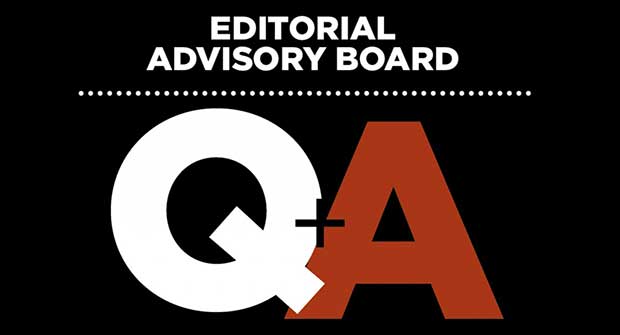In my last column, we began exploring the foundation of group decision making, a critically important key for success in running any business. I shared the work of American business theorist Chris Argyris, Ph.D., who identified a set of governing values that influence our decision-making process.
This “Human Operating System” asserts that people naturally want to win every interaction, be in control, avoid being embarrassed and to be seen as rational (even if they aren’t). People’s natural tendencies often make effective group decision making incredibly challenging. Some common pitfalls and difficulties that can arise include reaching a false consensus, weak consensus or failing to reach a consensus at all.
Making effective group decisions is an important skill for success in the landscaping industry where teams of all types are faced with myriad decisions daily. In this month’s column, I want to share one of the most effective tools I’ve discovered for successful group decision making.
Whether investing in equipment, hiring new employees or expanding operations, decisions must be well-informed. Business writer Roger Martin in The Responsibility Virus builds on Argyris’ research to help structure decision making. His “Strategic Choice Structuring Process” — which I call the “What Would We Have to Believe?” (WWWHTB) framework — offers a powerful tool for aligning teams around data-driven decisions.
The WWWHTB framework
Asking “what would we have to believe?” provides a structured way for teams to reach consensus by clarifying:
- What are we trying to decide?
- What are all of our options?
- What would we have to believe to choose option X?
- Is the belief (or requirement) a must-have?
- Does the option pass the criteria?
- If we believe or disbelieve the statement, why?
Using this framework prevents decisions based on emotions or personal biases. Instead, it fosters logical discussions rooted in facts and can even help speed up decision making.
Example: Buying a vehicle
Consider the last time you purchased a vehicle. You likely followed an informal version of WWWHTB. Here’s how my wife and I used it when buying our first (and last) minivan:
- The decision: What new car should we purchase?
- Our options: Sedans, vans, minivans, trucks, coupes.
- The WWWHTB criteria: Seats at least six; strong safety ratings; feels small when driving; preferably black; DVD player for kids (optional).
- The must-haves: Seating, safety and drivability were deal-breakers. Color and DVD player were preferences.
- The final decision: The Honda Odyssey won — it met all must-have criteria. And the fact that we knew our must-haves allowed us to eliminate certain options quickly.
WWWHTB in landscaping
There are several ways to use this technique in your landscaping business. If you’re investing in new equipment, refining your hiring strategies, considering branch expansion or implementing new software, you can use WWWHTB to guide the decision-making process.
At the Mariani Premier Group, we use this framework in our M&A filtering process and “Go/No-Go” system implementation meetings. By structuring decisions this way, teams can focus on critical factors, eliminate weak options early and make more confident decisions.
Why this matters
Effective decision making is not just about logic; it’s about understanding human behavior. People naturally avoid risk, resist being wrong and seek control. These subconscious tendencies can often lead to weak or false consensus. The WWWHTB framework counteracts these pitfalls by ensuring transparency, logic and alignment in group decisions.
Once you start thinking about decisions through this framework, you’ll be amazed at all of the places this approach will come in handy. I would love to hear your real-world examples of applying the WWWHTB framework, so send me an email to read with “WWWHTB examples” in the subject line. Here’s to better group decisions!


